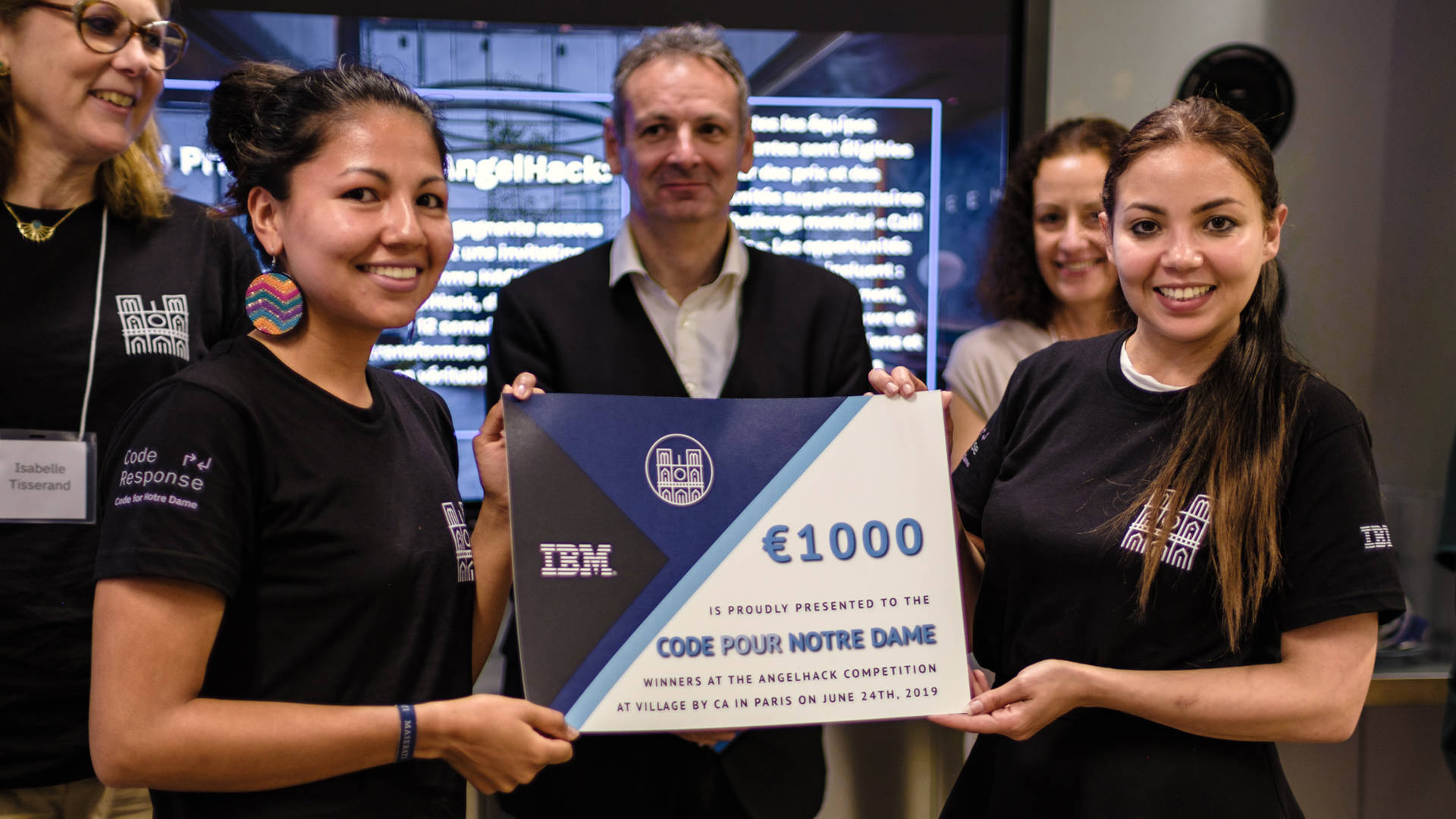
IBM recently debuted technology Starter Kits to aid those joining the company’s Call for Code challenge. Anyone interested in starting their machine learning, artificial intelligence, or coding journey should consider this an opportunity to learn with experts and potentially do some good in the world.
Call for Code is an IBM challenge that solicits the global developer community for technology solutions to the world’s problems. The company’s focused on natural disasters this year, and has already held numerous hackathons and events. As a result, we’ve seen some interesting designs and ideas from the individuals and teams that have so far participated.
Hard Fork!
Hard Fork?
Here’s a sampling of just TNW‘s coverage this year:
- Call for Code took aim at California’s wildfire problem
- IBM‘s giving away over 1,000 drones as part of Call for Code
- One Call for Code winner created a rubber duck-based communication network
Here’s where you come in
Call for Code is still soliciting entries until July 29. If you’ve never coded a snippet in your life, don’t worry, you’ve still got time thanks to IBM‘s new Call for Code Starter Kits.

IBM‘s gone out of its way to welcome developers of every skill level, including those who are entirely new to coding. The company’s new Starter Kits have all the resources you need to get started right away in several technology domains.
TNW asked IBM‘s Daniel Krook, Chief Technology Officer, Code and Response to give us a breakdown of how it works. He told us:
The starter kits are intended to frame an important real world problem that has one of many potential technology solutions. The starter kits help Call for Code participants (whether they are a developer, designer, project manager, business analyst, data scientist, or domain expert in a disaster area) understand the basics of the problem and learn about one potential approach to solve the problem for a particular persona. By using the architecture diagram, list of resources, and suggested technology building blocks, they can start to build an application that is guided by an important humanitarian need.
We also asked Krook if the Starter Kits were a good entry point for people without experience in AI or machine learning. He said:
Yes, the starter kits form one set of materials that developers can use to understand how to address real world problems through technology. In the context of Call for Code, they join a set of six technology areas (including artificial intelligence and machine learning), six disaster focus areas, six industry areas, and special resources around health and well-being.
And the hits keep coming
Since a lack of experience won’t hold you back, those interested need only sign up for the challenge and come up with a good idea. The Starter Kits are designed to show what technology can do and inspire you, while simultaneously walking you through setting up the various accounts (free) and systems (also free) you’ll need to use. Once you have your good idea, all you need to do is attend one of IBM‘s Call for Code events, or submit your idea through the website.

Recent Code and Response winners in France and Cairo displayed some pretty incredible innovations. At the Code for Notre Dame event teams were asked to come up with ideas that could help prevent another fire like the one that recently damaged the cathedral at Notre Dame. The winning team, Fair@work, developed a slick assessment system that aims to spot dangers before they manifest.
According to IBM:
Team Fair@work presented an application that provides regular prevention and risk assessment in the workplace, inspired by the fire at the Cathedral. It uses an automated SaaS risk control and a web app workers’ security system. Their system not only makes it possible to evaluate more regularly internal risks to monuments and structures, but also variable risks outside the monuments (weather, events, further interventions).
And in Cairo, at a hackathon where participants were challenged with finding technological interventions for water conservation, the winning team – Cantalopa – conceived a points and reward system that incentivizes conservation. It’s designed to be deployed at the government level with a technological infrastructure handling all the heavy lifting.
Also worth noting: the winning teams at both events were led by women.
It can be hard to get started as a developer, especially if you don’t have the facilities of a major university or work at a company worth billions. But, if you accept the Call for Code challenge, you’ll have IBM‘s support in the form of expert guidance, cloud access, code snippets, Starter Kits, and a slew of other resources.
You can find everything you need to know about IBM‘s Call for Code Starter Kits here. For more information on the 2019 Call for Code challenge click here. Visit IBM‘s Code and Response site to learn more about the program.
Read next: How to reset Chrome to its default settings


